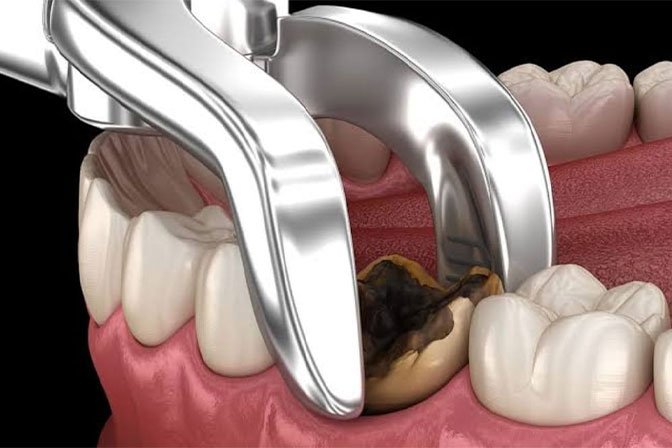Understanding Oral Surgery and Extractions
Oral surgery, particularly extractions, is a common procedure performed by dentists and oral surgeons to address a variety of dental issues. Whether it’s a problematic wisdom tooth, severe decay, or overcrowding, oral surgery plays a crucial role in maintaining oral health and preventing further complications. In this guide, we’ll delve into the world of oral surgery, explaining the types of extractions, the procedure itself, recovery process, and important considerations.

Advanced Dental Treatment
Modern Technology
Providing The Best Quality Treatment
Worldwide Services
We Have Highly Qualified Expert Doctor
Our Qualified Team
Types of Extractions:
Simple Extraction:
- This type of extraction is performed on teeth that are visible in the mouth.
- It involves loosening the tooth with an elevator tool and then extracting it with forceps.
- Simple extractions are typically used for teeth with intact crowns and minimal complications.
Surgical Extraction:
- Surgical extractions are more complex and are necessary for teeth that are not easily accessible or have complicated root structures.
- This procedure may involve making an incision in the gum to access the tooth or sectioning the tooth into smaller pieces for removal.
- Teeth commonly requiring surgical extraction include impacted wisdom teeth or teeth with extensive decay.
Procedure:
Evaluation:
- Before the extraction, your dentist or oral surgeon will conduct a thorough examination of your oral health, which may include X-rays to assess the tooth’s position and condition.
Anesthesia:
- Local anesthesia is typically administered to numb the area around the tooth being extracted. In some cases, particularly for surgical extractions or anxious patients, sedation may also be used to induce relaxation or unconsciousness.
Extraction:
- Once the area is numb, the dentist or oral surgeon will proceed with the extraction.
- For simple extractions, the tooth is gently loosened and then removed with forceps.
- Surgical extractions may involve additional steps, such as incisions or tooth sectioning, to facilitate removal.
Closure:
- After the tooth is extracted, the socket may be packed with gauze to control bleeding.
- In some cases, stitches may be necessary to close the gum tissue.
